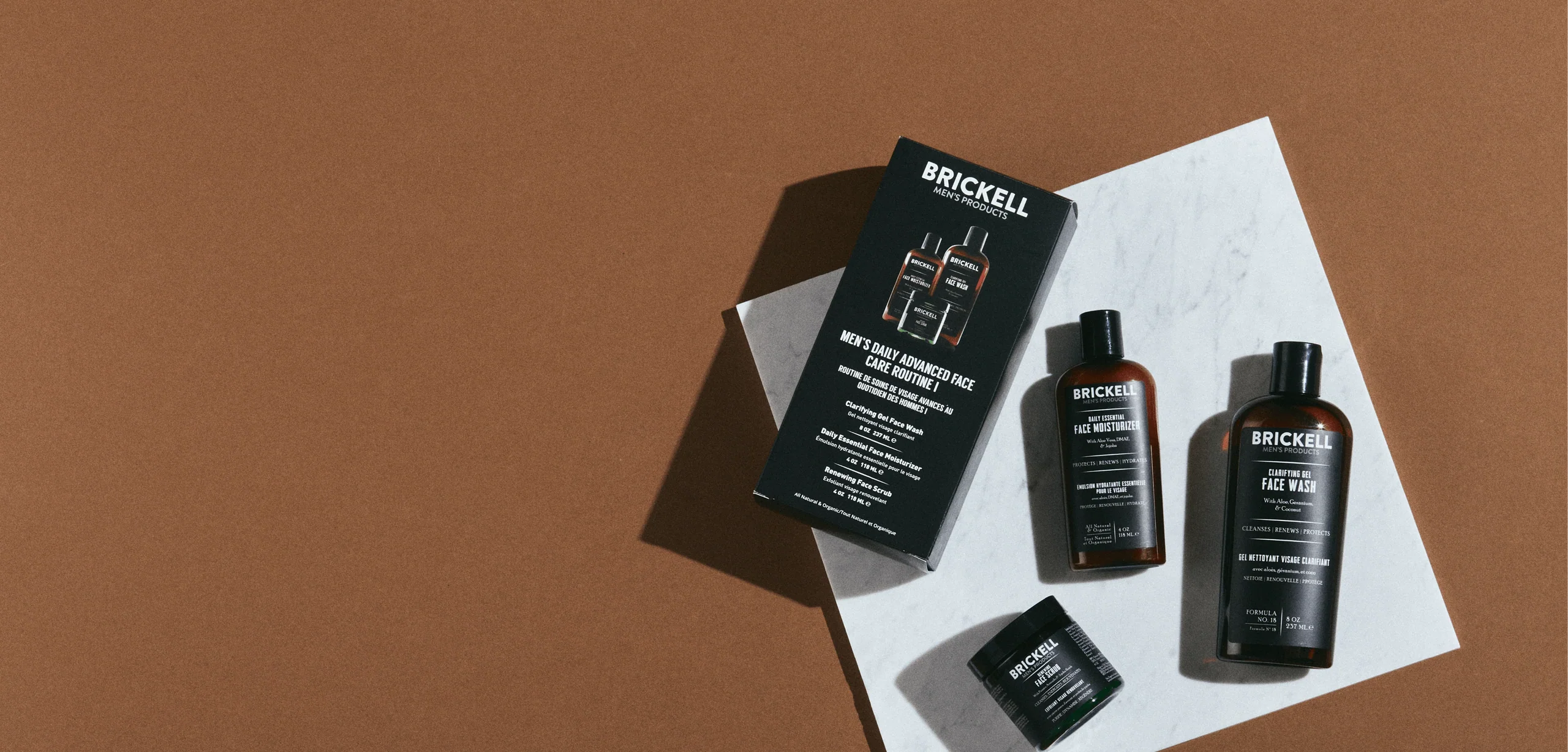The Grooming Manual
What Is Sun Poisoning and How to Prevent It

Who doesn't love spending a day outdoors? But you can have too much of a good thing - and that definitely applies to time in the sun.
To avoid one of the worst consequences of too much sun exposure - sun poisoning - it's important to understand this skin concern and prevent it. Read on to do just that - and enjoy your time outside instead of fearing it.
What Is Sun Poisoning?
Sun poisoning is an extreme kind of sunburn caused by prolonged sun exposure. This is much more severe than getting a little warm or red after some time in the sun.
Sun poisoning occurs because the sun's UV rays damage the skin and cause an inflammatory response. One part of this response is an increase in melanin production. Melanin is the pigment that gives skin its color - and when overproduced, it darkens or reddens your skin tone. So any significant change in skin tone - from a slight tan to a nasty burn - is a sign of skin damage.
People with lighter skin tones have less melanin and are at risk for more painful sunburns - which can also develop into sun poisoning in some cases. This can happen faster than you may think. Sunburns can occur after just 15 minutes of exposure, depending on the severity of the sun's UV rays.
The exact causes of sun poisoning are still not fully understood. However, people with lighter skin tones, people with a family history of skin cancer, and people who live in tropical areas where the sun's rays tend to be more intense are all at higher risk. Certain medications are also known to make your skin more susceptible to sun damage and sun poisoning.
Sun Poisoning Symptoms
Sun poisoning symptoms tend to be painful and severe. They vary depending on the degree of sun exposure, but may include:
- Blistering
- Rash
- Fever
- Headache
- Nausea
- Dizziness
- Dehydration
- Swelling
- Vomiting
- Confusion
- Pain/Tingling
- Fainting
- Rapid Pulse
- Rapid Breathing
A sun poisoning rash is a common reaction for people with light skin who are exposed to the sun for too long. It's a red, itchy, bumpy inflammatory response to the damage from the sun's UV rays. A sun poisoning rash often looks like hives and may develop with painful, fluid-filled blisters.
Sun Poisoning Vs. Sun Burn - What's the Difference?
While sun poisoning and sunburn share some of the same symptoms, they are different. Sunburn is a mild reaction to the sun that creates redness and irritation. The skin usually heals after a few days and may peel in the process.
Sun poisoning is much more severe. In some cases it can even be life threatening and requires hospitalization. Anyone experiencing high fever, confusion, and/or fainting after prolonged sun exposure should seek medical attention immediately.
How to Treat Sun Poisoning
Sun poisoning is treated through pain management, skin hydration, and avoiding the sun. The skin will heal itself eventually, but these methods will help speed up recovery and prevent further issues.
Pain Management
Like a sunburn, a case of severe sun poisoning can be very painful. Over the counter pain medicine such as acetaminophen or ibuprofen can help and also treat headaches - a common symptom of son poisoning. Cold compresses are also helpful as they cool the skin and reduce the pain and irritation of sun poisoning.
Skin Hydration
Restoring moisture to your skin will reduce the discomfort of sun poisoning and speed up the skin healing process. You can do this by applying aloe vera gel, taking a cool shower or bath, and using an over the counter hydrocortisone cream.
Drink plenty of water while recovering from sun poisoning. Hydrating drinks that contain electrolytes are beneficial too. Avoid alcohol as this will only further dehydrate you.
In extreme cases of sun poisoning, IV fluids may have to be administered in order to treat acute dehydration. But for most people with mild cases of sun poisoning, this isn't necessary.
Avoid the Sun
Sun poisoning will get worse if you are re-exposed to the sun. So while you are recovering, it's critical that you keep your sun exposure to an absolute minimum. Avoid going outside when the sun is most intense, and wear clothing that covers all affected areas.
Don't Scratch
One of the most important parts of healing from sun poisoning - and one of the hardest - is to not scratch or itch at your irritated skin. That's tough if you've developed blisters or a rash, both of which tend to be extremely itchy. But it's important since popped blisters are at risk for becoming infected. Fortunately, treating the pain and rehydrating will reduce the itch and irritation of your sun poisoning.
How to Prevent Sun Poisoning
Preventing sun poisoning is critical. You would much rather take some painless steps to prevent a severe sunburn than have to deal with the uncomfortable symptoms afterwards.
Avoid the Sun When Possible
If at all possible, avoid the sun during the hottest time of the day when its rays are most damaging to your skin. This is from about 10am to 4pm, depending on the season. If you have to be outside, you can still minimize sun exposure by staying in the shade as much as possible.
Wear Protective Clothing
When you can't avoid the sun entirely, your next best move is to keep it off your skin by wearing protective clothing. Depending on your activity, this may be easier said than done. If you're doing yard work or hiking, you can wear long sleeves and a wide brimmed hat. But if you're at the beach or in the pool, your options are more limited.
Some of the best protective clothing to prevent sun poisoning is:
- Wide brimmed hats that cover your face, neck, and ears
- Long sleeve shirts
- Sunglasses
Use SPF Products
When you can't cover up, apply sunscreen. Make sure you're using a broad spectrum UVA/B SPF product. This will keep your skin safe from UVA and UVB rays, both of which cause damage.
When applying your SPF products, don't skimp out. Cover your skin fully and allow it to soak in completely before you go out into the sun. Reapply every few hours - especially if you've been in the water or have been sweating. Even products marketed as waterproof or water resistant need to be reapplied in order to prevent sun poisoning.
Daily Defense Face Moisturizer with SPF 20
Our Daily Defense Face Moisturizer with SPF 20 offers broad spectrum protection and is ideal for daily use. Apply it to your skin each morning after washing your face to stay safe from sun damage - and the accelerated aging that it causes.
We use natural and organic ingredients in all of our products, including this SPF moisturizer. Its formula includes zinc oxide, green tea extract, and vitamin E.
Element Defense Moisturizer with SPF 45
When you need to protect more than just your face from the sun's damaging UV rays, our Element Defense Moisturizer has you covered. It offers broad spectrum SPF 45 with no potentially harmful ingredients. Its mineral-based formula with zinc oxide is ideal for beach days, pool parties, and days spent playing sports in the sun.
Protect Your Skin from Sun Poisoning
By taking preventative steps, you can protect your skin from sun poisoning and avoid all of its nasty effects. If you have to be out in the sun for an extended period of time, plan ahead by wearing protective clothing and bringing sunscreen. That way you can enjoy the outdoors without the painful regret of sun poisoning.

